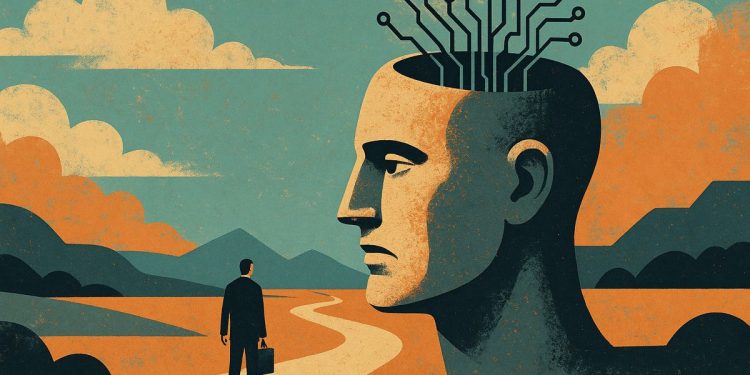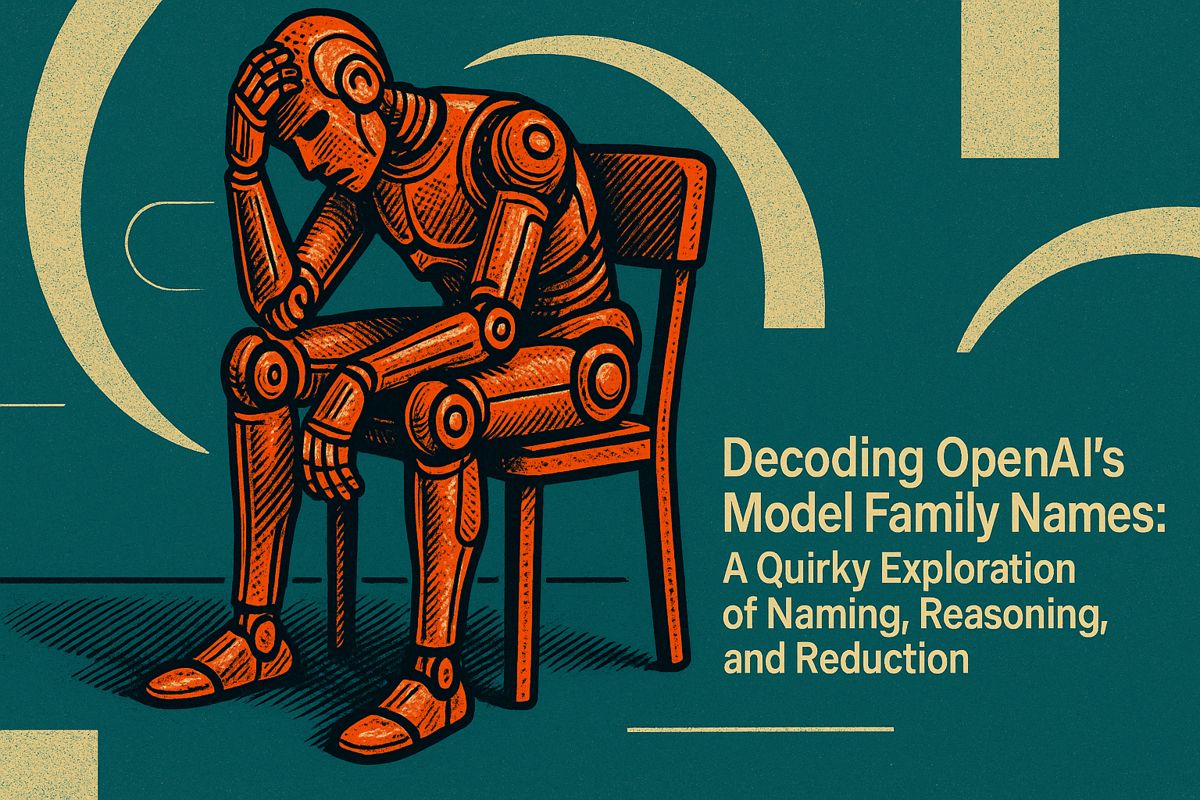Many companies struggle to use AI because people are unsure or worried about it. To fix this, leaders need to show strong support, train people in ways that fit their jobs, focus on open and honest communication, and make rules everyone trusts. When companies do these things – like hosting training, sharing plans, and listening to concerns – workers feel ready and excited to try new AI tools. This approach helps teams use AI faster, with less fear and more success.
What are the main strategies for successful AI adoption in enterprises?
To bridge the AI culture gap in enterprises, organizations should focus on four key strategies: strong leadership support, human-centered change management, role-specific hands-on training, and transparent ethics and governance. These pillars help overcome resistance, build trust, and drive faster, sustainable AI adoption.
Sixty percent of senior executives identify culture as the single biggest barrier to IT change, a finding that has only strengthened in 2025 as boards demand faster AI roll-outs. In practice, that culture gap shows up as skepticism, knowledge shortages, and fear of job loss. Below is a field-tested playbook that leading organizations are using today to turn that resistance into readiness.
Why culture beats code
| Root cause of resistance | Percent of organizations citing it (2025) |
|---|---|
| Lack of AI knowledge | 52% |
| Fear of job displacement | 44% |
| Mistrust in AI outcomes | 37% |
The four pillars that move the needle
-
Leadership signalling
– Visible sponsorship from the C-suite lifts adoption success from 37% to 80% when compared with projects lacking executive alignment stack-ai.com.
– Cross-functional AI task forces (IT + HR + business) act as internal “champions” who translate vision into day-to-day language. -
Change management that feels human
– Treat AI roll-out as a transformation, not an upgrade. Companies that invest in structured change management see productivity gains of 20-30% within twelve months mckinsey.com.
– Weekly town halls and open Slack channels shorten feedback loops, turning fear into concrete questions that can be answered. -
Training tuned to roles
– Over 60% of employees say they learn best by “doing” – so pair each new AI pilot with sandbox environments that mirror real workflows echo360.com.
– Role-specific micro-courses (under 15 minutes) have 3× completion rates versus generic webinars. -
Ethics and governance front and center
– German manufacturers have cut resistance to near-zero by creating AI ethics committees with elected employee representatives shrm.org.
– A publicly posted governance checklist answers the “black box” worry before it becomes a rumor.
Quick-start sequence for busy teams
| Week 0-2 | Week 3-6 | Week 7-12 |
|---|---|---|
| Announce vision & appoint AI champions | Run role-specific training sprints in sandbox | Scale pilots based on champion feedback |
| Publish ethics and data-use policy | Start weekly “AI clinic” office hours | Launch peer-to-peer learning circles |
| Survey baseline culture temperature | Track usage and sentiment KPIs | Iterate policy and training modules |
A real snapshot from the field
A US health-care services firm implemented the sequence above. Six months in, AI tool usage rose 40%, employee NPS on AI projects jumped from 21 to 68, and the finance team reported a 4× ROI on the first use case they tackled.
Why do 60 % of leaders cite culture as the top barrier to AI adoption?
Recent surveys show that culture outranks budget and security as the main obstacle holding back AI initiatives. This resistance shows up as skepticism about AI decisions, fear of job loss, and a simple lack of trust in the technology. When employees feel excluded or uninformed, adoption stalls regardless of how advanced the tools are.
How can leadership turn cultural resistance into support?
Visible, consistent commitment from the top is the single strongest predictor of success. Companies that form cross-functional AI task forces and appoint internal “AI champions” report an 80 % project-success rate, versus only 37 % in firms that treat AI as a routine IT upgrade. Leaders who communicate an explicit vision and tie AI goals to daily business outcomes create the psychological safety teams need to experiment.
Which training formats work best for an AI-ready workforce?
A blend of approaches yields the highest engagement:
- Learning by doing: Over 60 % of organizations say employees absorb AI skills fastest when they use the tools live in their own workflows.
- Peer-led sessions: Nearly half encourage employees to teach one another, turning early adopters into internal evangelists.
- AI-driven learning platforms: Adaptive courses that personalize content have cut onboarding time by 30 % at large enterprises.
Ethics and data-literacy modules are now considered mandatory, not optional, to address privacy and bias concerns up front.
How do regional attitudes shape AI rollout priorities?
- North America: Fear of job loss and privacy dominate. Success stories rely on transparent town-hall communication and leadership task forces.
- Europe: Heavy emphasis on ethical governance and employee involvement; German manufacturers, for example, set up AI ethics committees that include worker representatives.
- Asia: Hierarchical cultures respond well to top-down alignment combined with large-scale literacy programs – Japanese electronics firms pair technical teams with business units to co-create solutions.
What is the first practical step for an organization starting its AI journey?
Start small but strategic: launch a low-risk pilot tied to a clear business outcome, involve both technical and non-technical stakeholders from day one, and measure impact publicly. Pair the pilot with an open feedback loop and role-specific training. Companies that follow this playbook convert early resistance into measurable enthusiasm within 90–120 days and lay the groundwork for faster, broader rollouts.



















